-
New NEPA rule a disappointment for anglers
"Any actions that limit transparency and public engagement are actions that undermine trust and forsake opportunities to bring stakeholders together. Federal decision making can be a time-consuming process, but quick decisions often lead to bad decisions," says TU's Chris Wood about rollbacks to NEPA
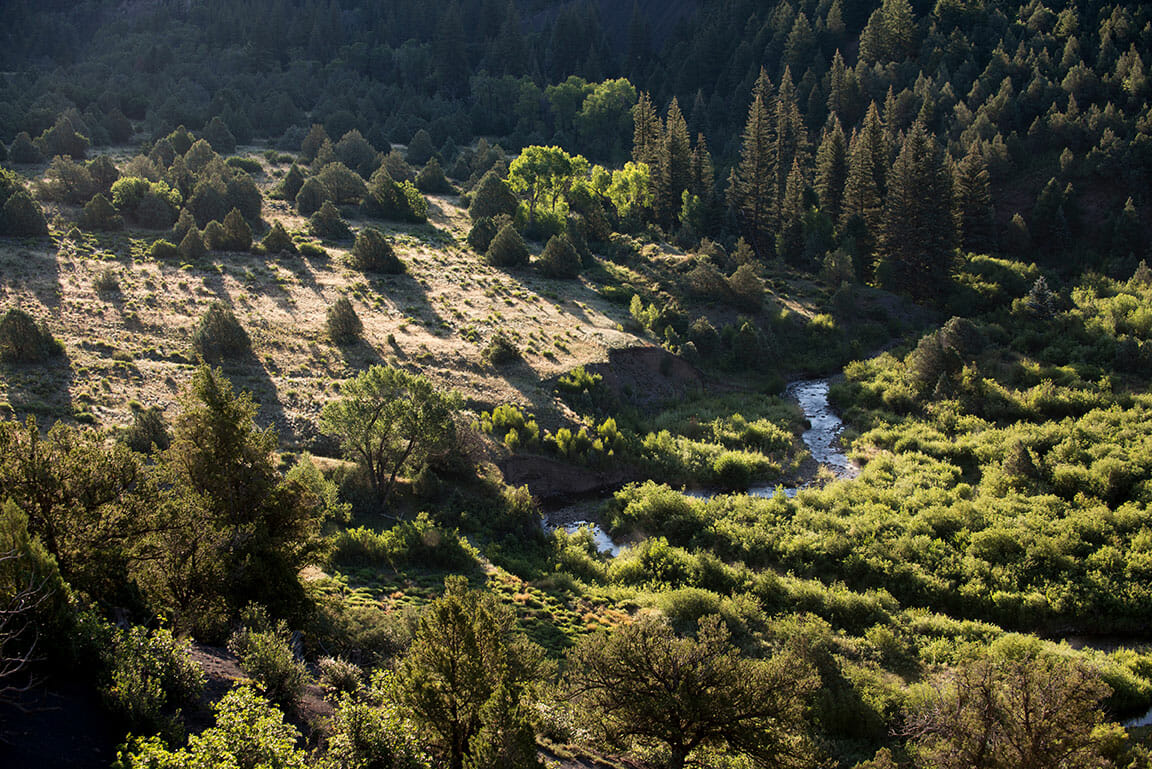
The Trump administration announced final rollbacks to the National Environmental Policy Act (NEPA) today, a bedrock environmental law signed in 1970 to balance environmental risks when permitting major projects such as pipelines and highways. The final rule cuts opportunity for public participation, reduces considerations of climate change when making decisions and significantly curtails the amount…
-
When one door closes another opens
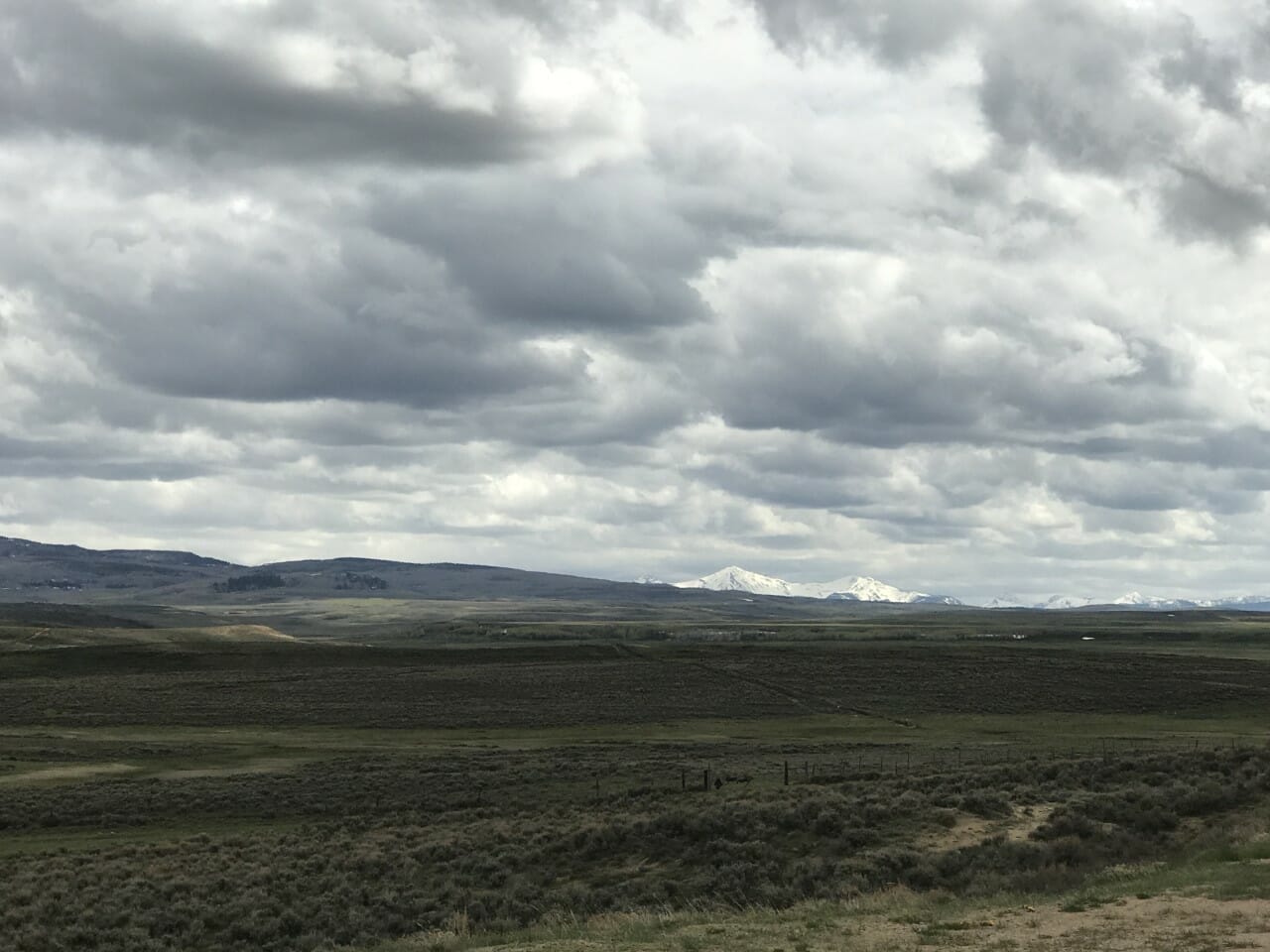
A lot of college internships have been cancelled this year because of the global pandemic. Bryce Larson, a senior at University of Colorado, Colorado Springs, found herself in that boat but determined to explore her options. Her tenacity paid off by landing a Trout Unlimited summer internship working on a risk assessment for native Bonneville…
-
Aquaz and TU Alaska
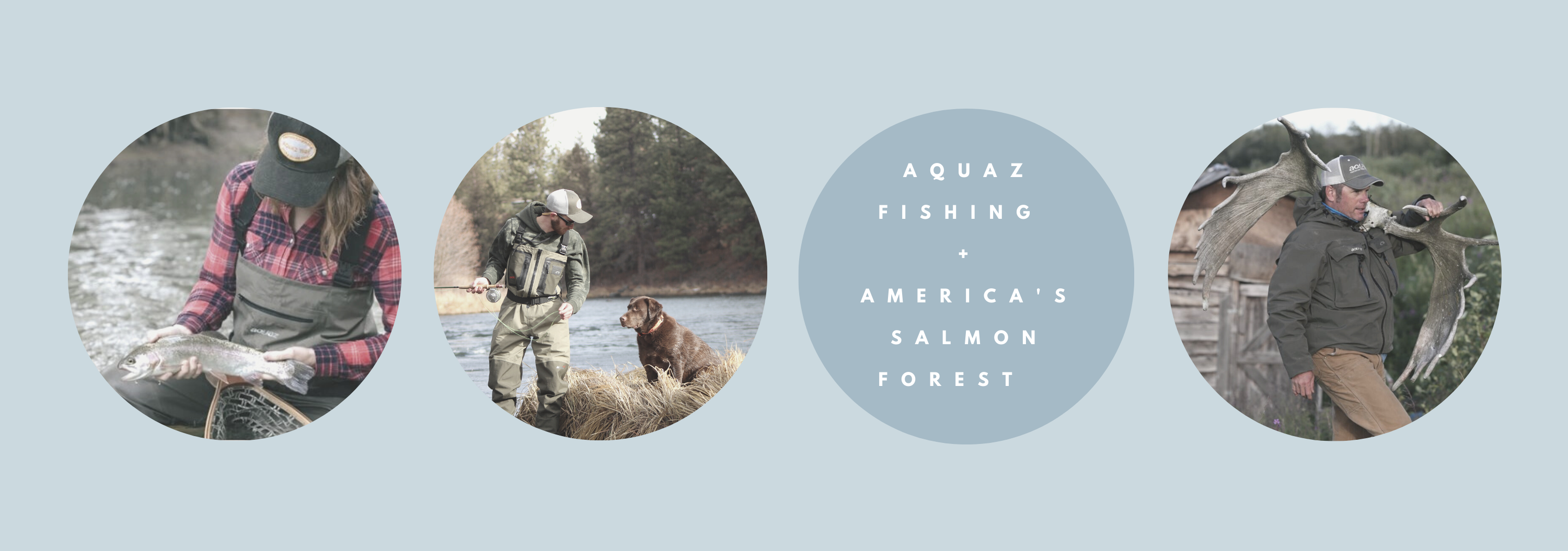
The Trout Unlimited Alaska team is excited to introduce a new partnership with Aquaz Fishing. The new offer will help raise funds to support TU’s work in Southeast Alaska, specifically with the America’s Salmon Forest campaign focused on maintaining and, where needed, restoring the spawning and rearing habitat for fish and wildlife in the Tongass National Forest. America’s Salmon Forest is a coalition of fishermen, business owners and…
-
Pipelines: With so much at stake, we have to get it right
Major energy development proposals have such enormous implications for our waters and fisheries that there must be a high bar for approval
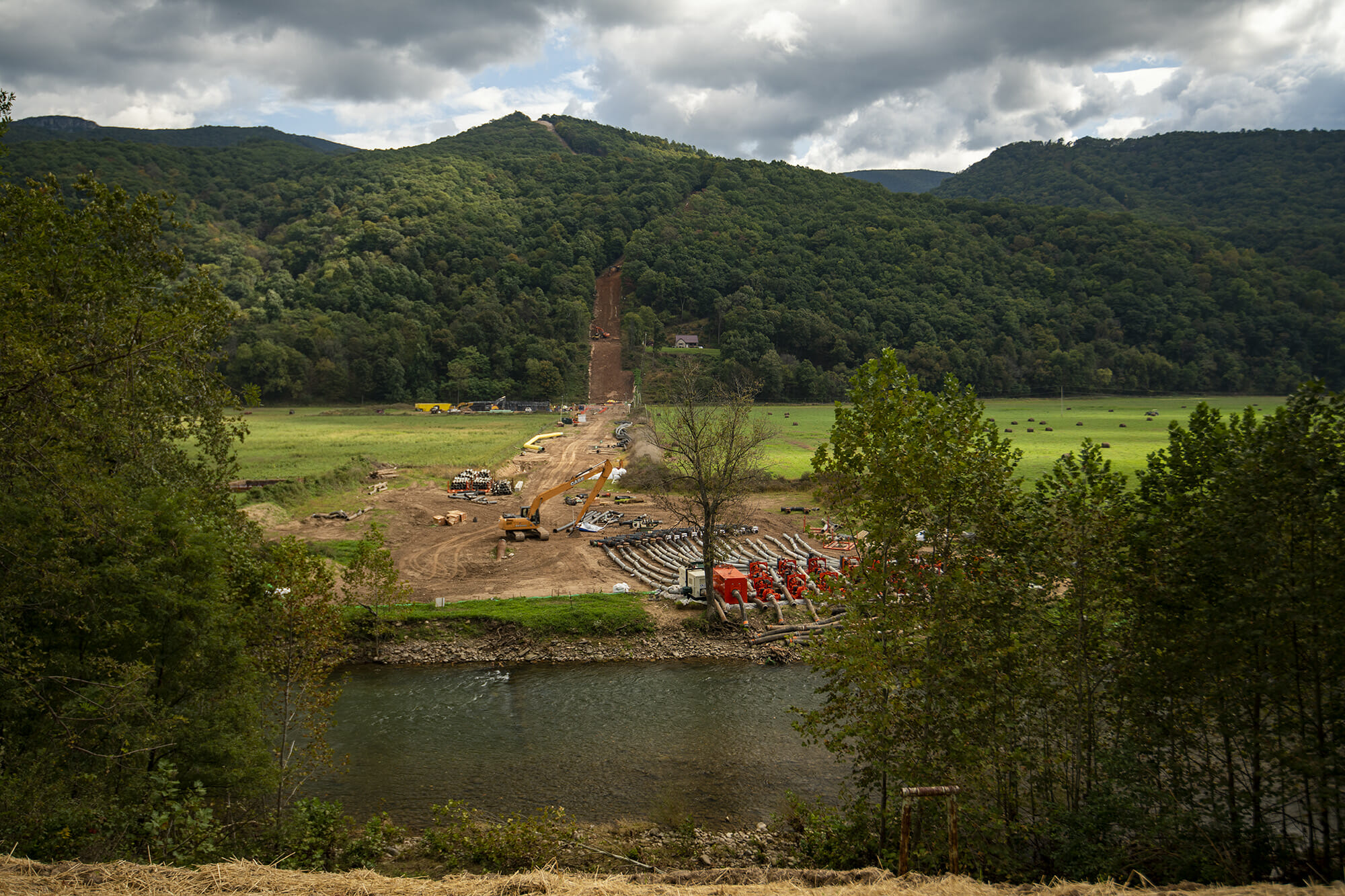
Demise of eastern pipeline offers lessons for protecting streams amid energy development Now that the Atlantic Coast Pipeline has been scrapped, we’re left with an important question: What lessons can we learn and apply the next time a developer proposes to build a pipeline through trout country? The developers’ decision to cancel the ACP ends…
-
Bringing back jobs and healthy rivers
Let's get a win for clean water and healthy trout and salmon populations This month in Congress, we have a remarkable opportunity that doesn’t come along very often—a chance to advance a handful of issues that Trout Unlimited has worked on for more than a decade. Passing these priorities would put Americans back to work…
-
LWCF is more than just fishing access

After having my first child, I found myself in a small town with very little connection to the world outside my four walls. As new moms often do, I felt isolated and exhausted and overwhelmed. My daughter, who was not wired to be much of a sleeper, would spend the days howling — a wild,…
-
Take action: A chance in Congress to help our rivers, fish, and economy
TU is supporting the Moving Forward Act, which addresses significant water management challenges facing the West
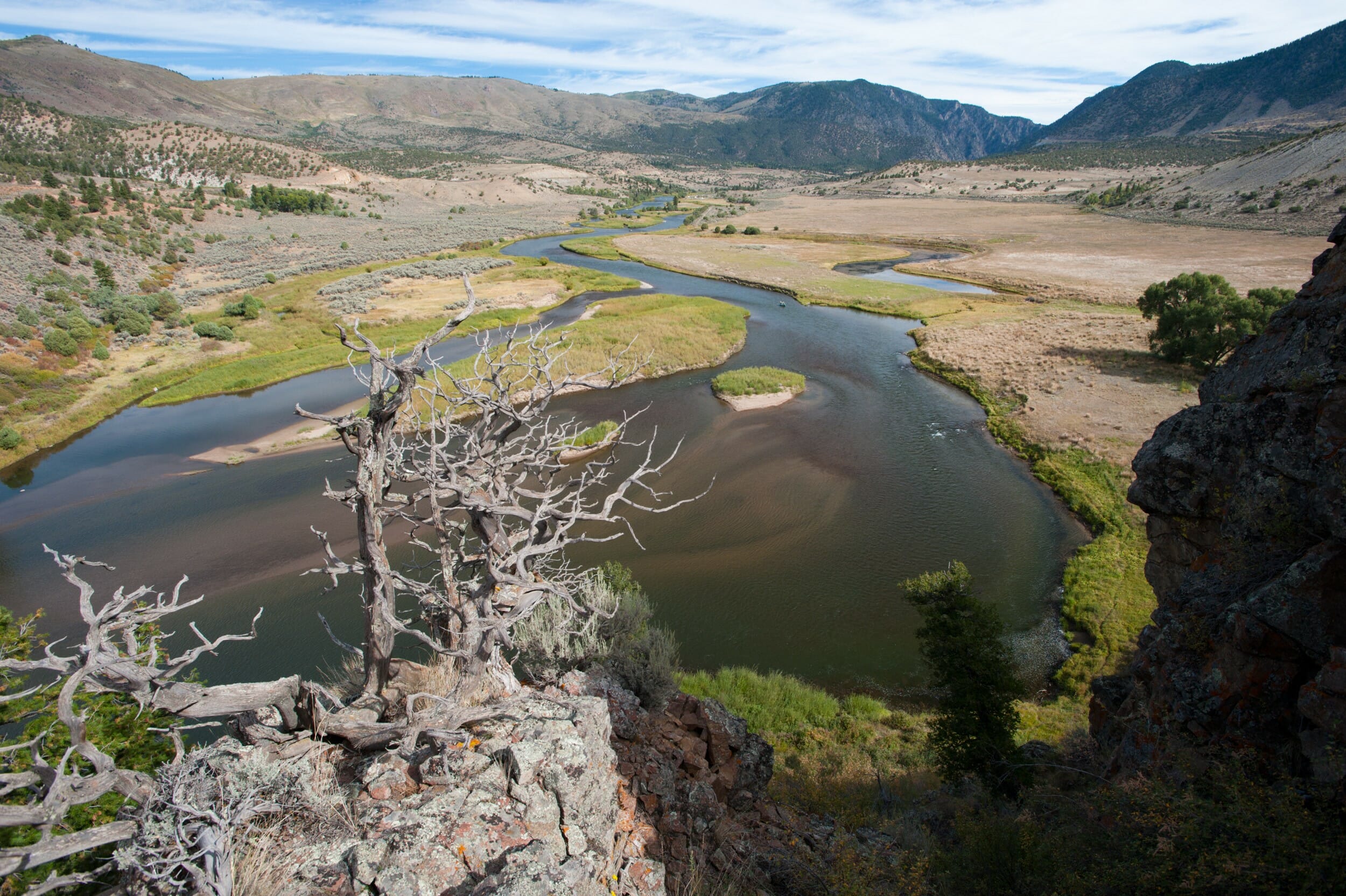
The Moving Forward Act would address impacts of drought on Western rivers and coldwater fisheries The future of the West is tied to its water. Its rivers—the Colorado, the Columbia, the Platte, the Willamette, the Deschutes, the Klamath, and many others—are the lifeblood for the people, environment, and economies in their watersheds. They irrigate ranch…
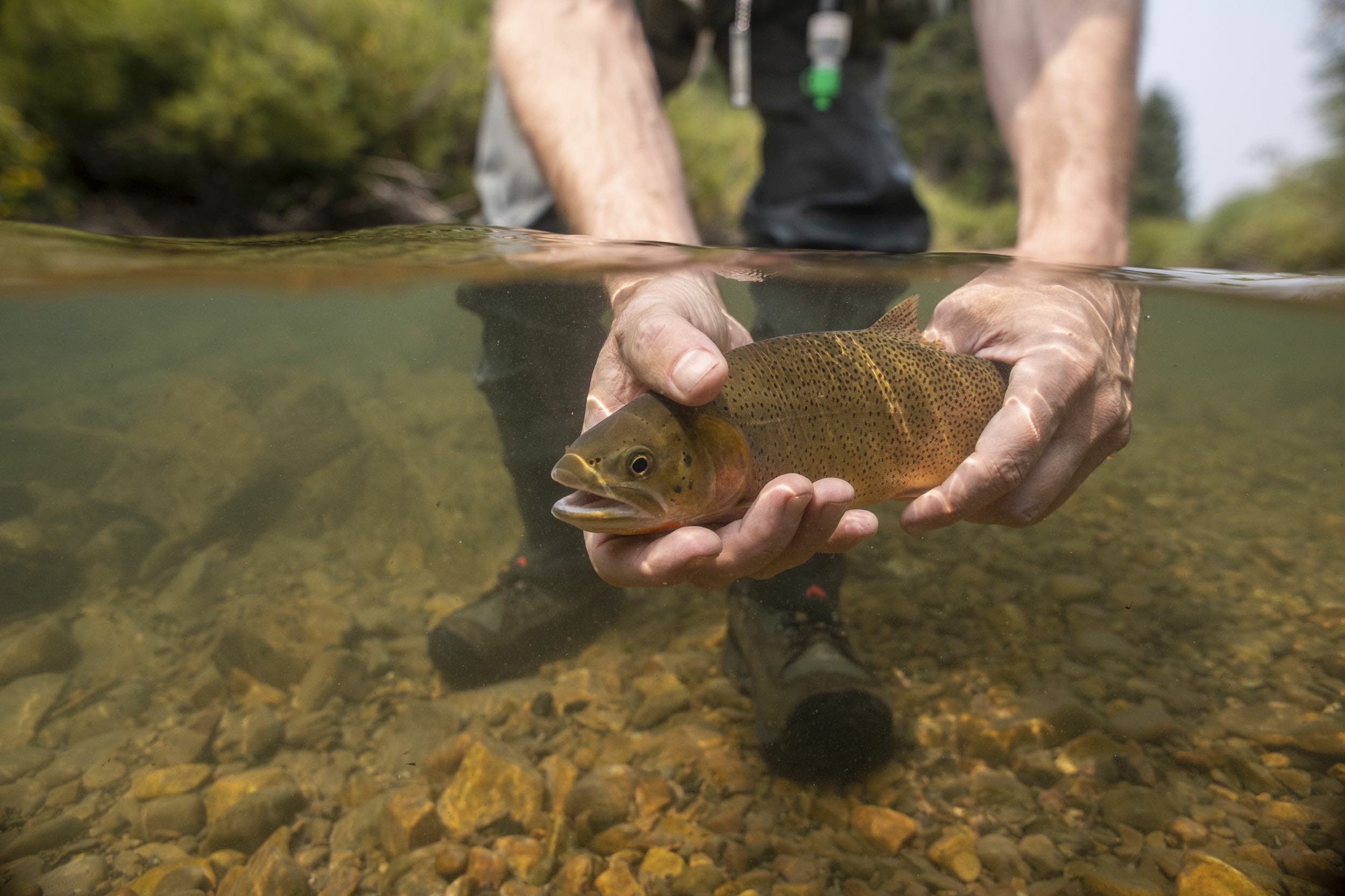
Category

